After years of making and breaking promises, Kodak has finally reintroduced Ektachrome 100 reversal film, to the delight of film enthusiasts everywhere. Although this is new, in-date film, the formula is necessarily different from the older formulae due to changing legal restrictions, and also general availability, of the chemicals involved. The general conclusion is that this new Ektachrome, shot at ISO 100 and processed in E6 chemicals as it is designed for, has superior grain and color rendering, if a bit on the cool side.
I, however, am not one to follow the rules. I am a big fan of cross processing E6 film in C41 chemicals (see my other cross processing posts), so that is precisely what I plan to do with new Ektachrome. I’ve found in the past, using near-date and expired E6 film from Kodak and Fuji, that overexposing at +1EV and developing normally in C41 gives pleasantly blown highlights and color shifts. However, this being a brand new emulsion, and also in date, I wanted to test different exposures to see how to optimize results with new Ektachrome.
To that end, I exposed new Ektachrome 100 at ISO 100, ISO 50, and ISO 25 in bracketed exposures (in some cases I exposed at ISO 200 as well. further studies should expose all shots at 200, 100, 50, and 25). I processed each exposure as if it were to be a final published image. Generally this involved evening out the histogram in Espsonscan, and then performing some highlight recovery, increasing blacks, and sometimes adding contrast and brightness in Lightroom. The results are presented below in Table 1.
| ISO 200 | ISO 100 | ISO 50 | ISO 25 |
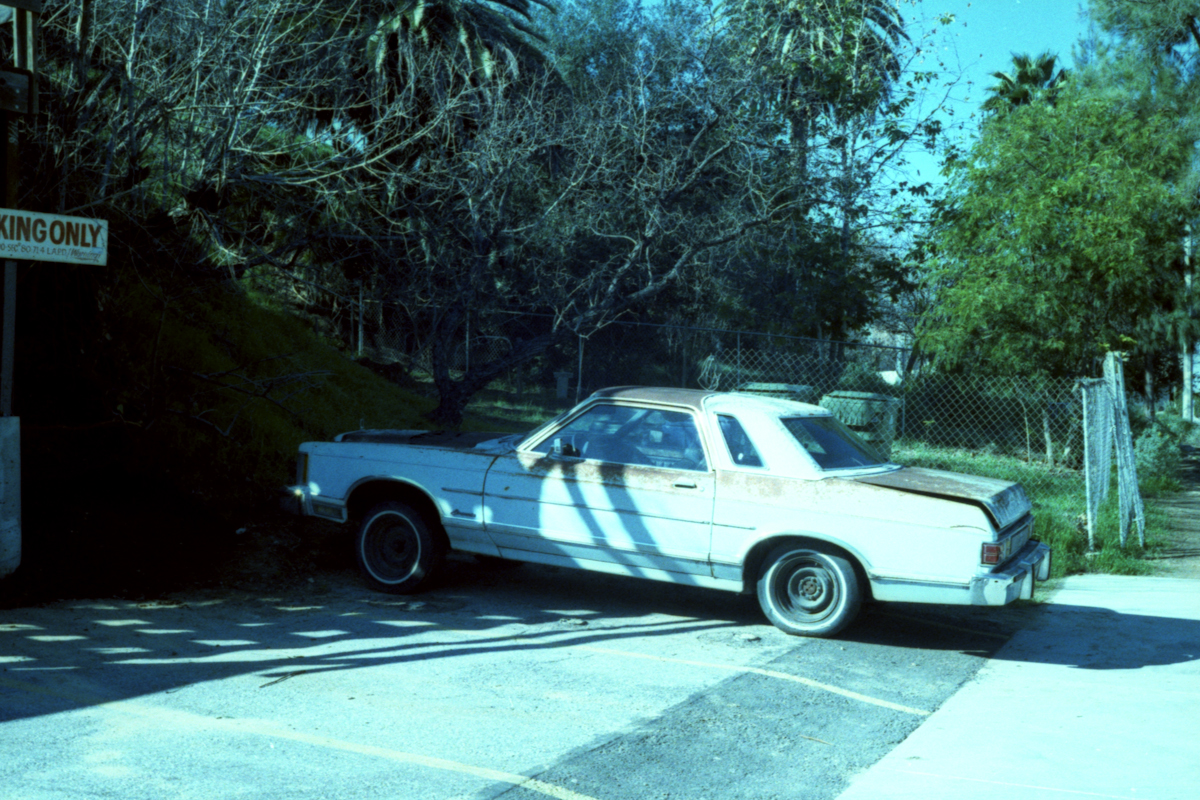 | 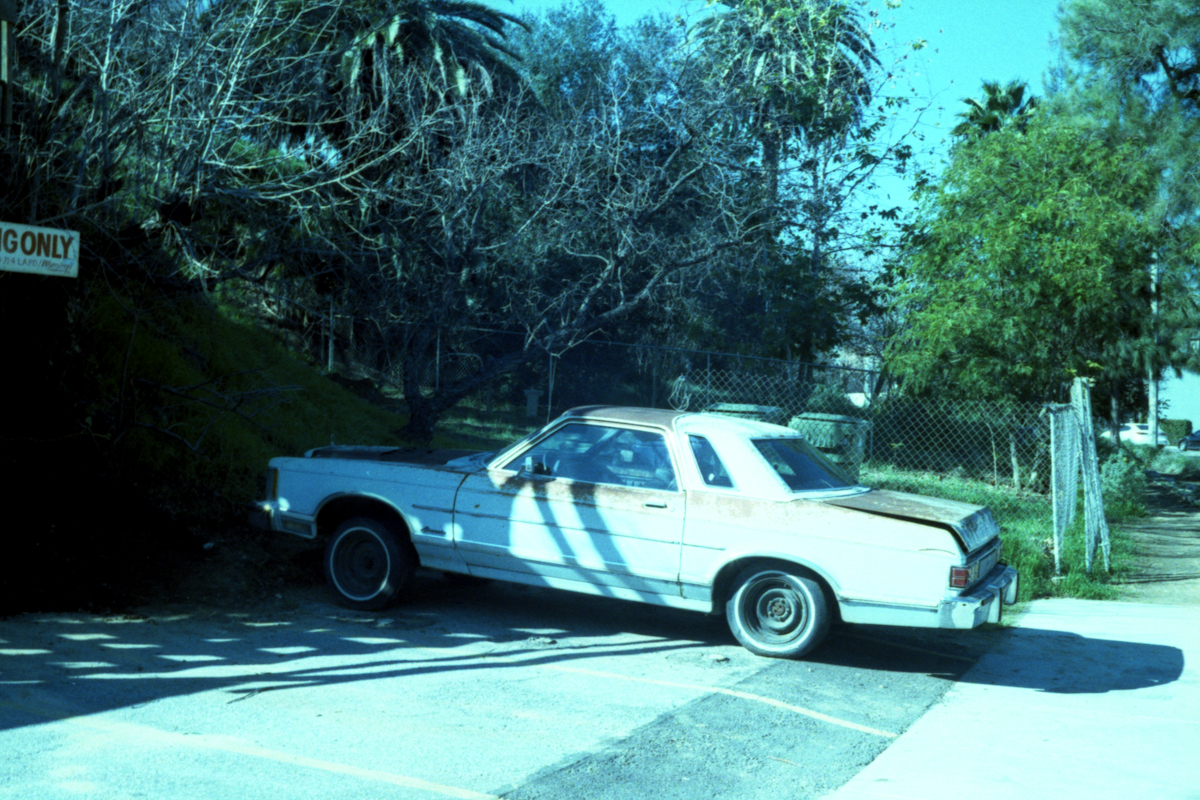 | 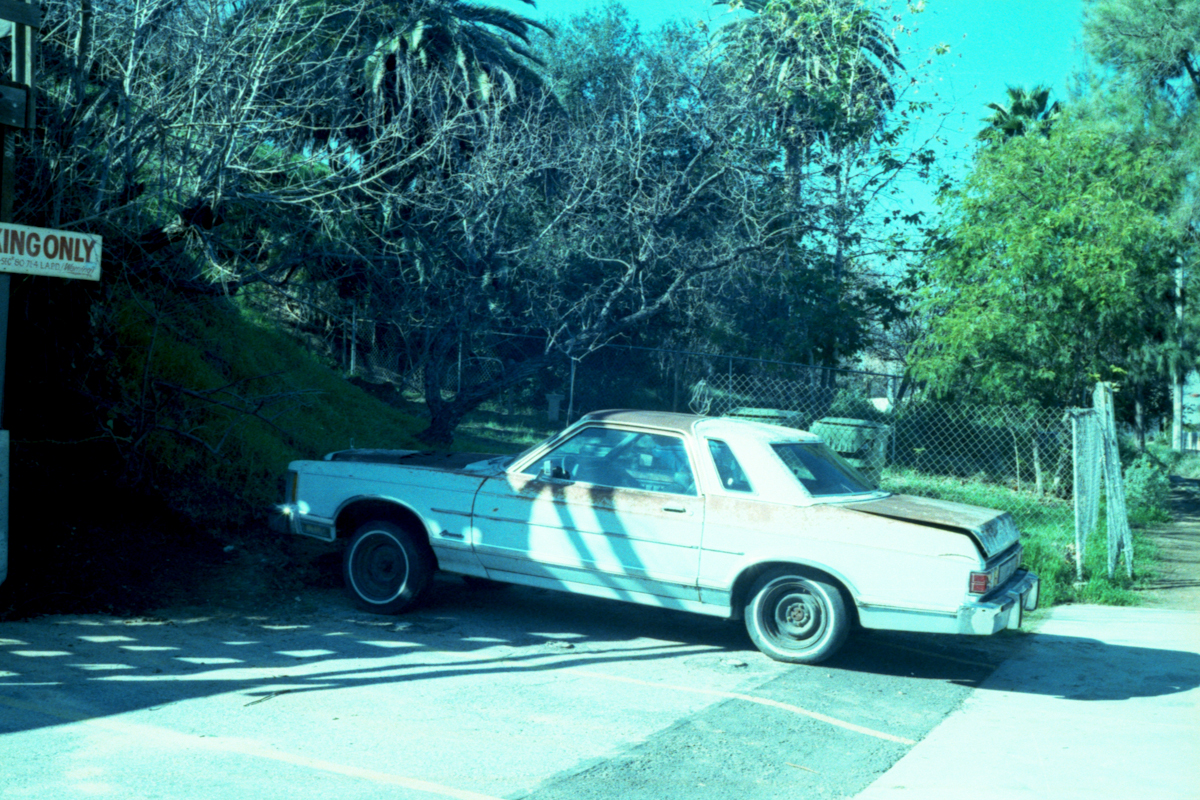 | |
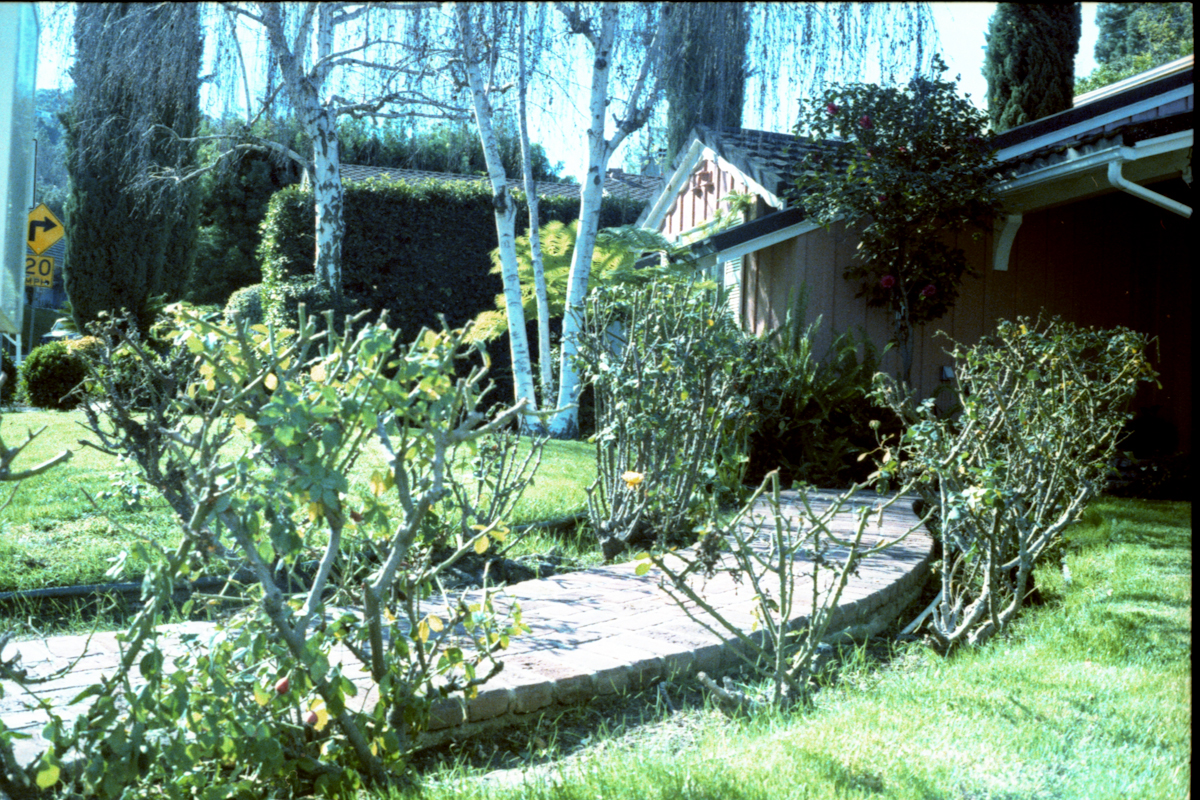 | 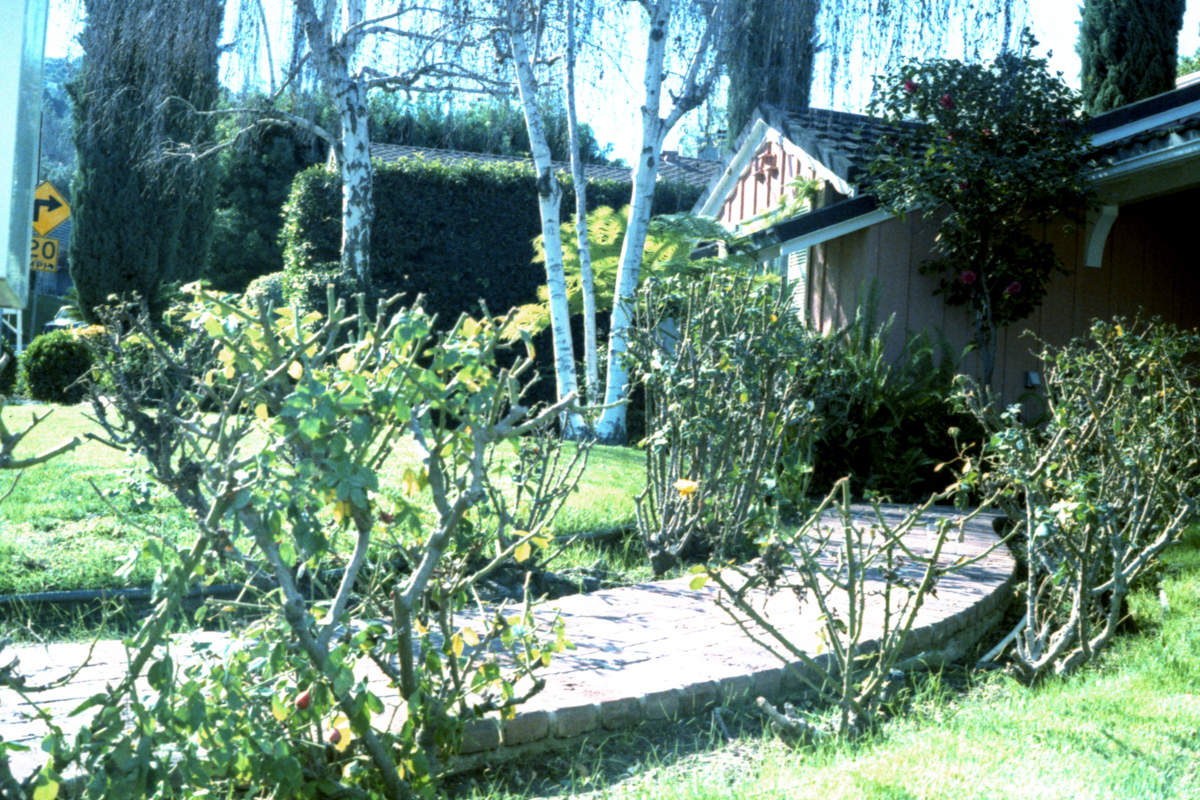 | 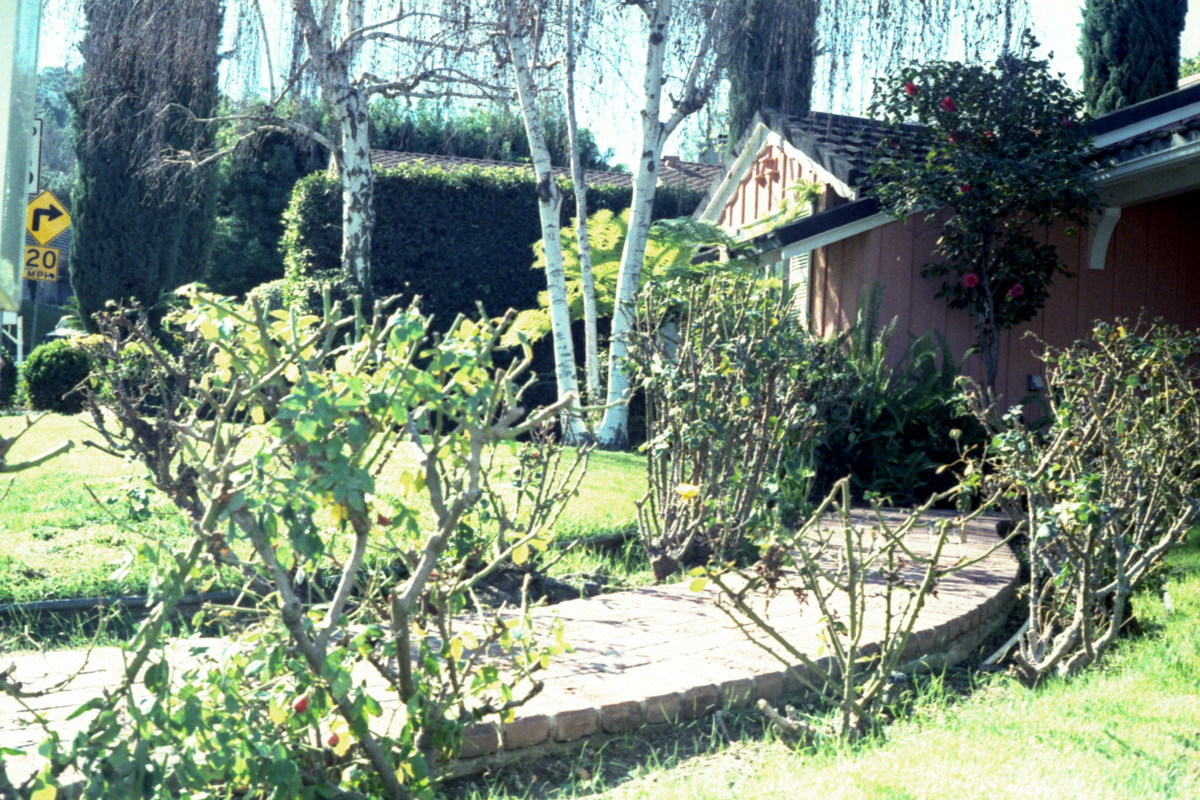 | |
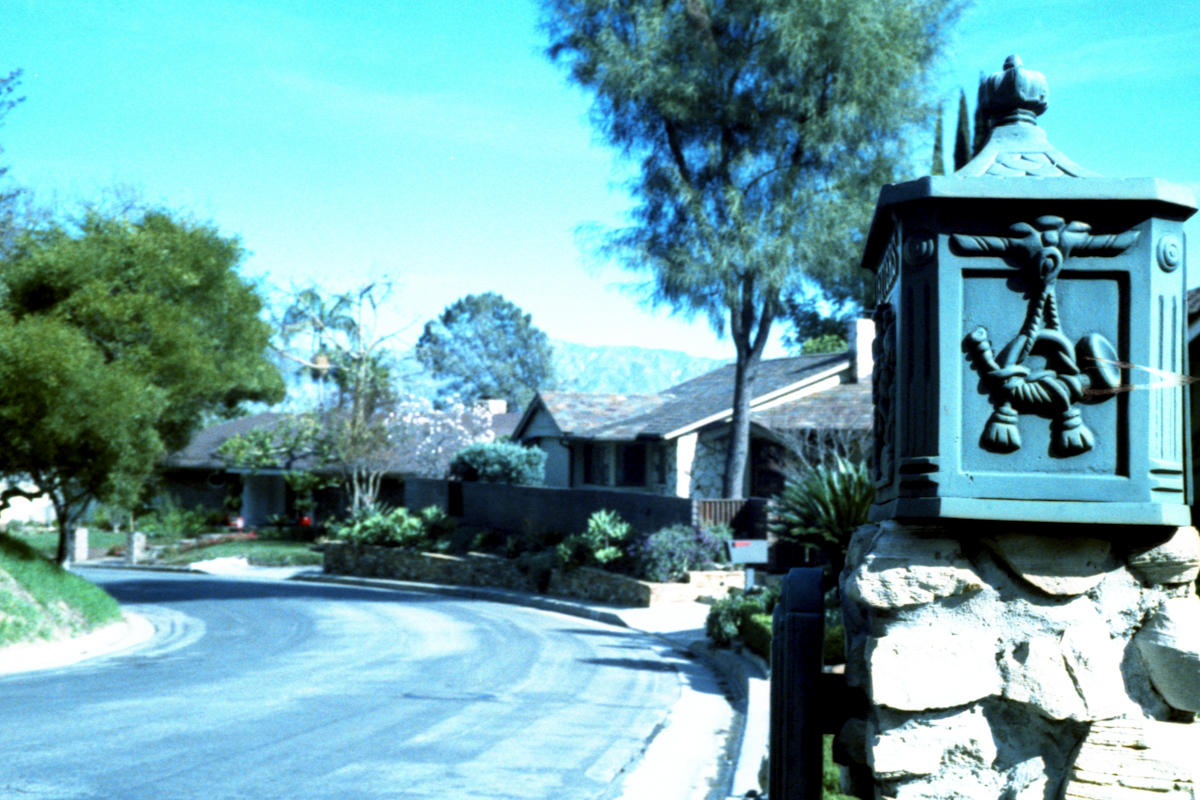 | 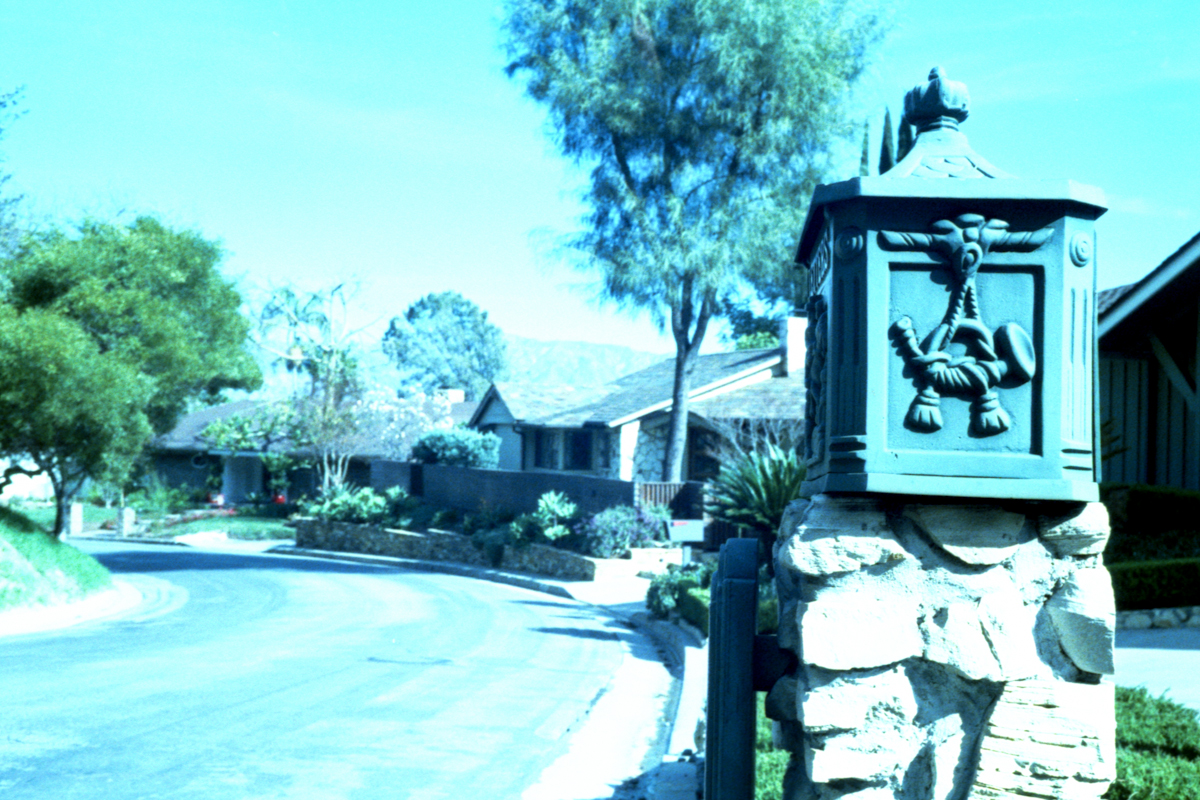 | 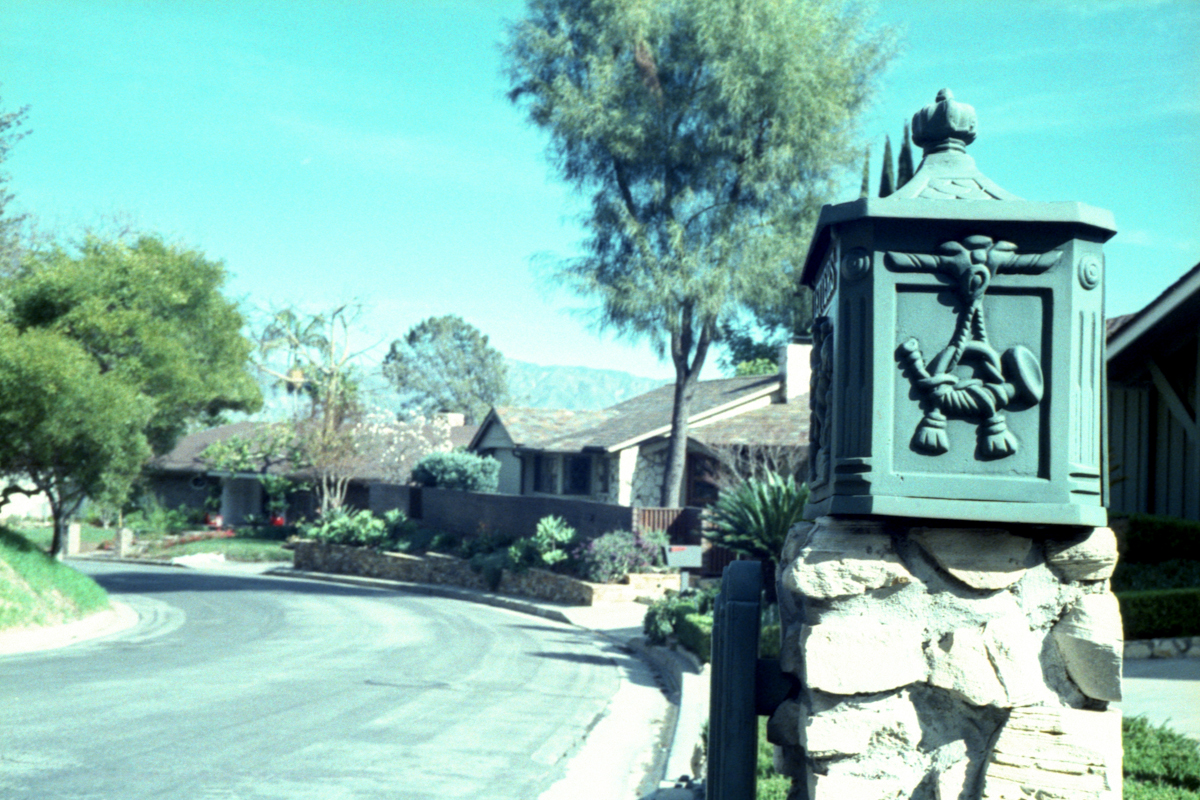 | |
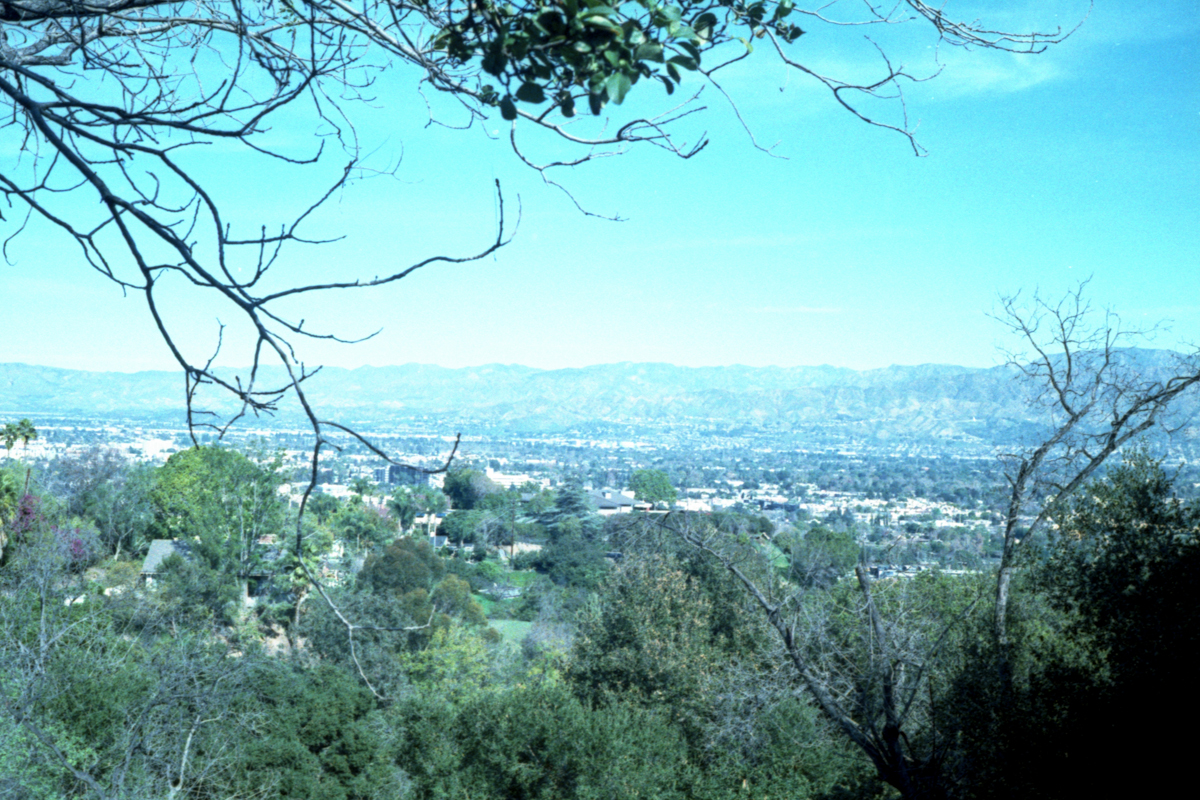 | 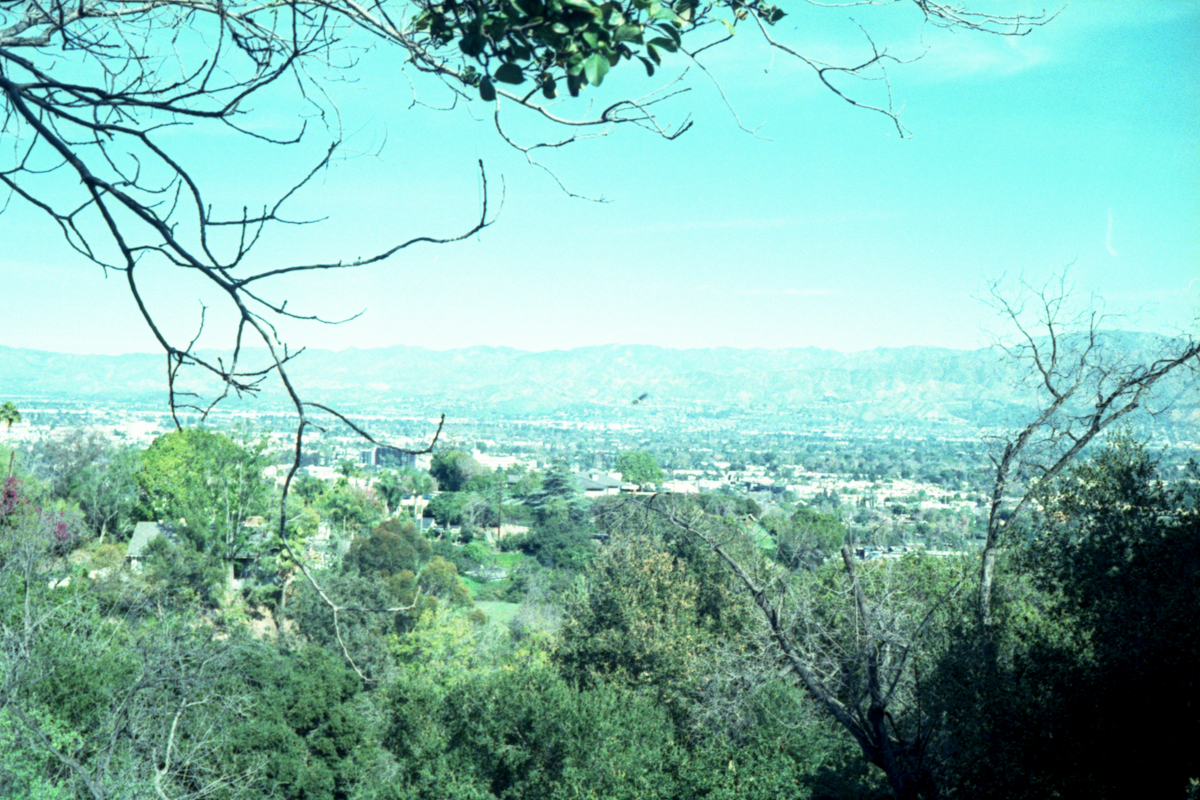 | 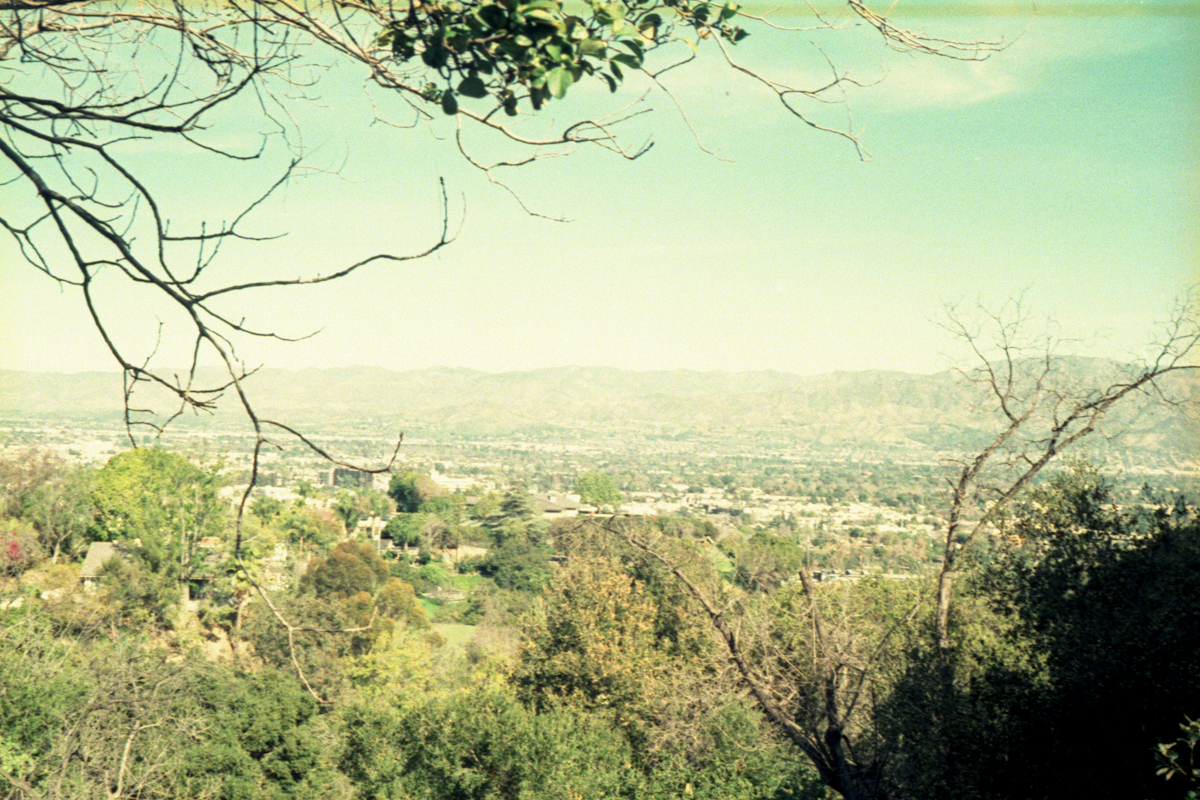 | |
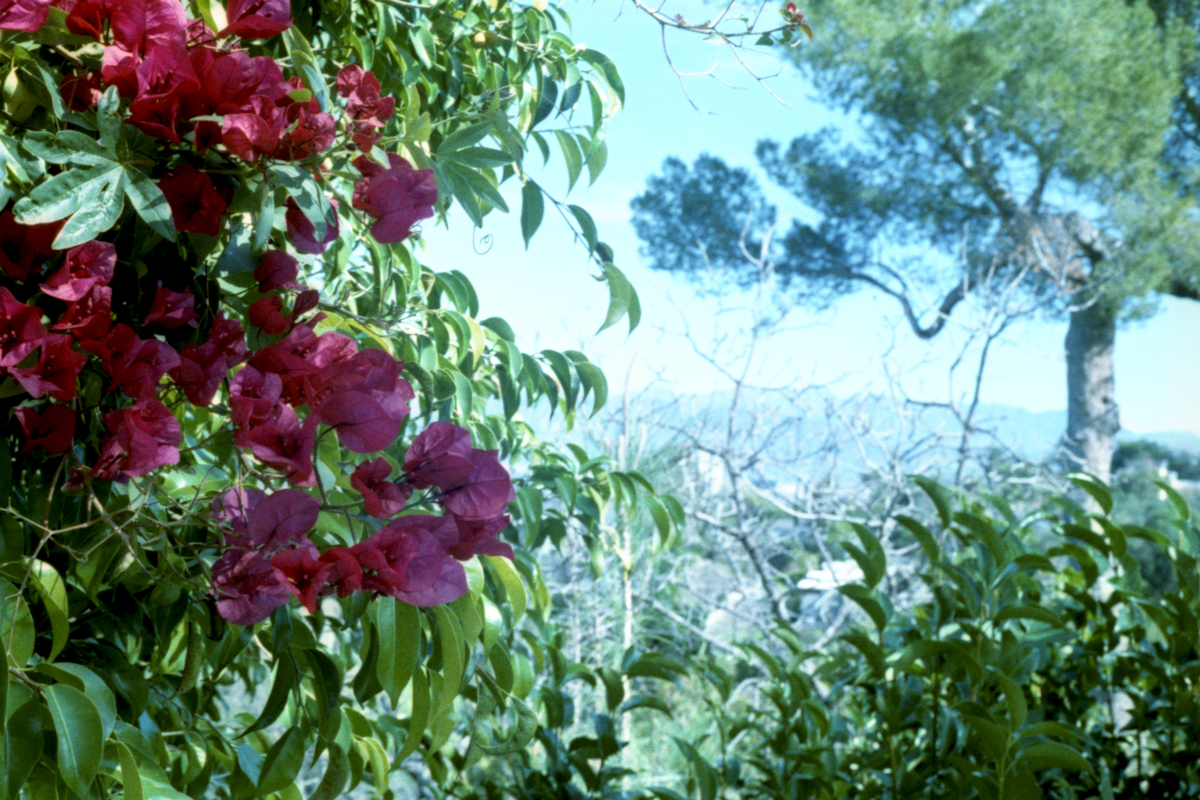 | 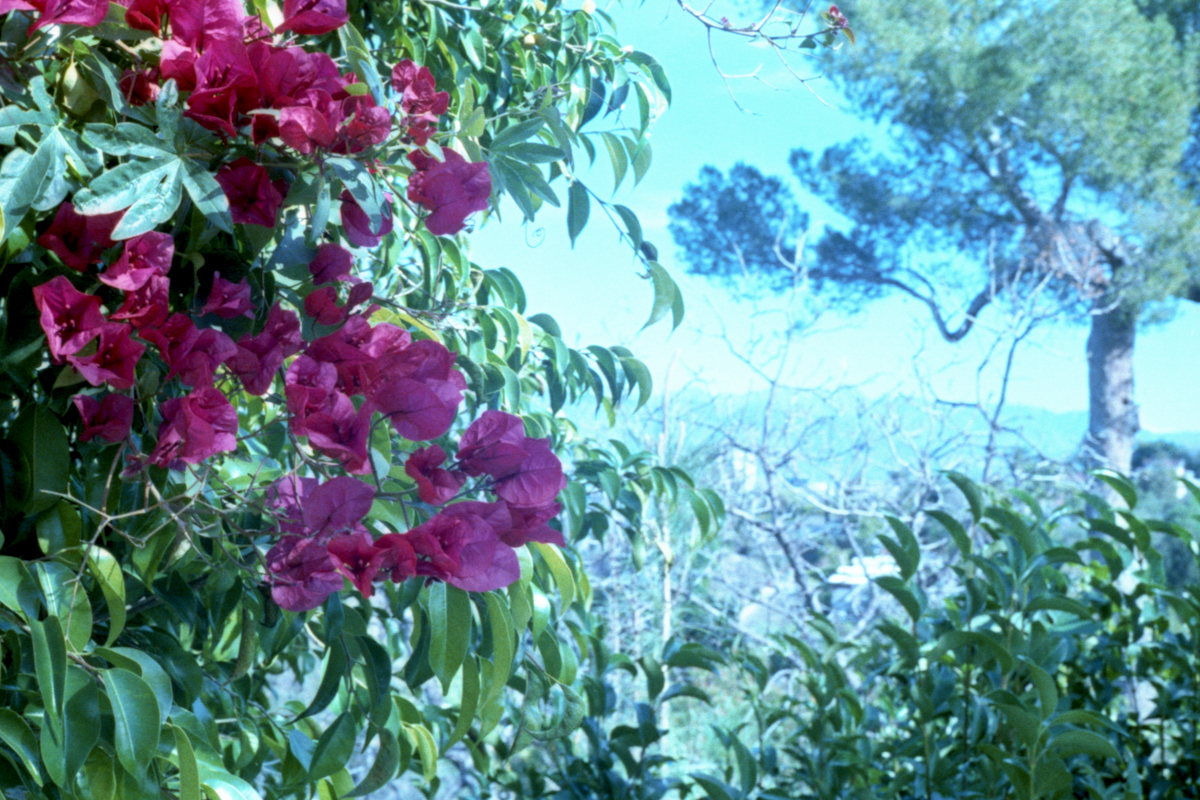 | 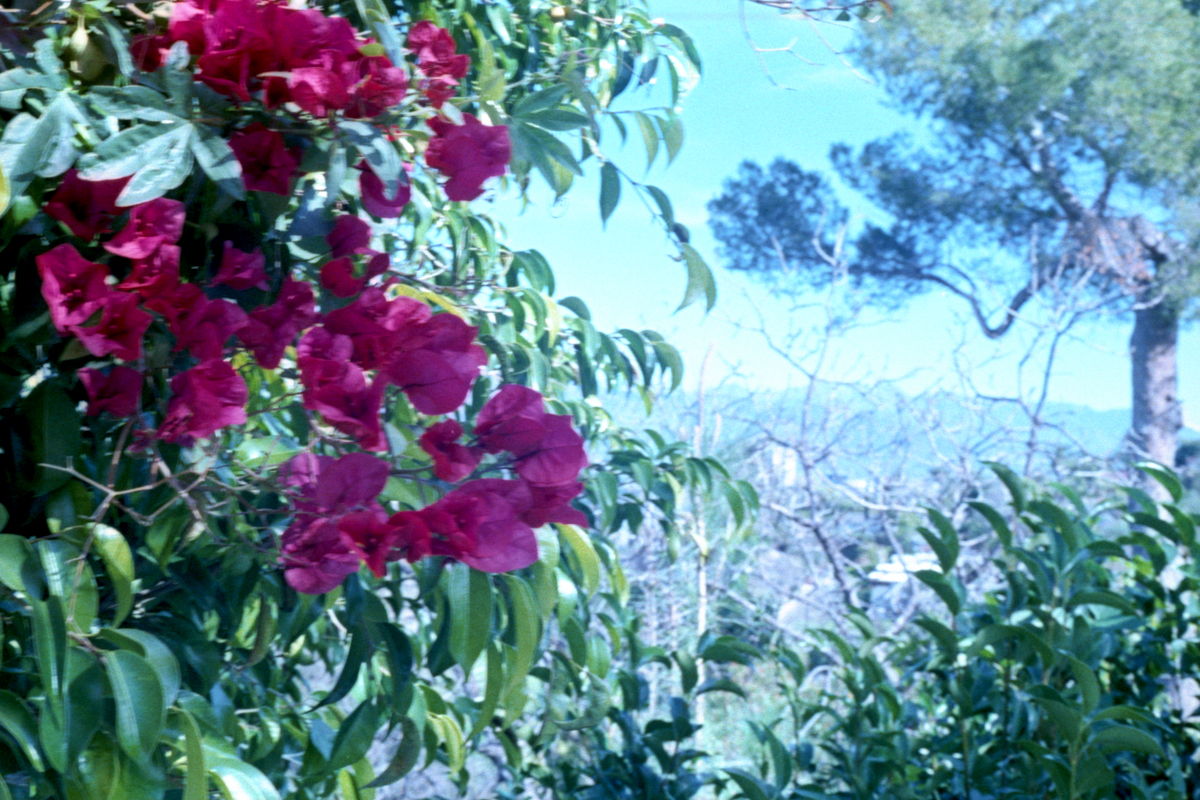 | |
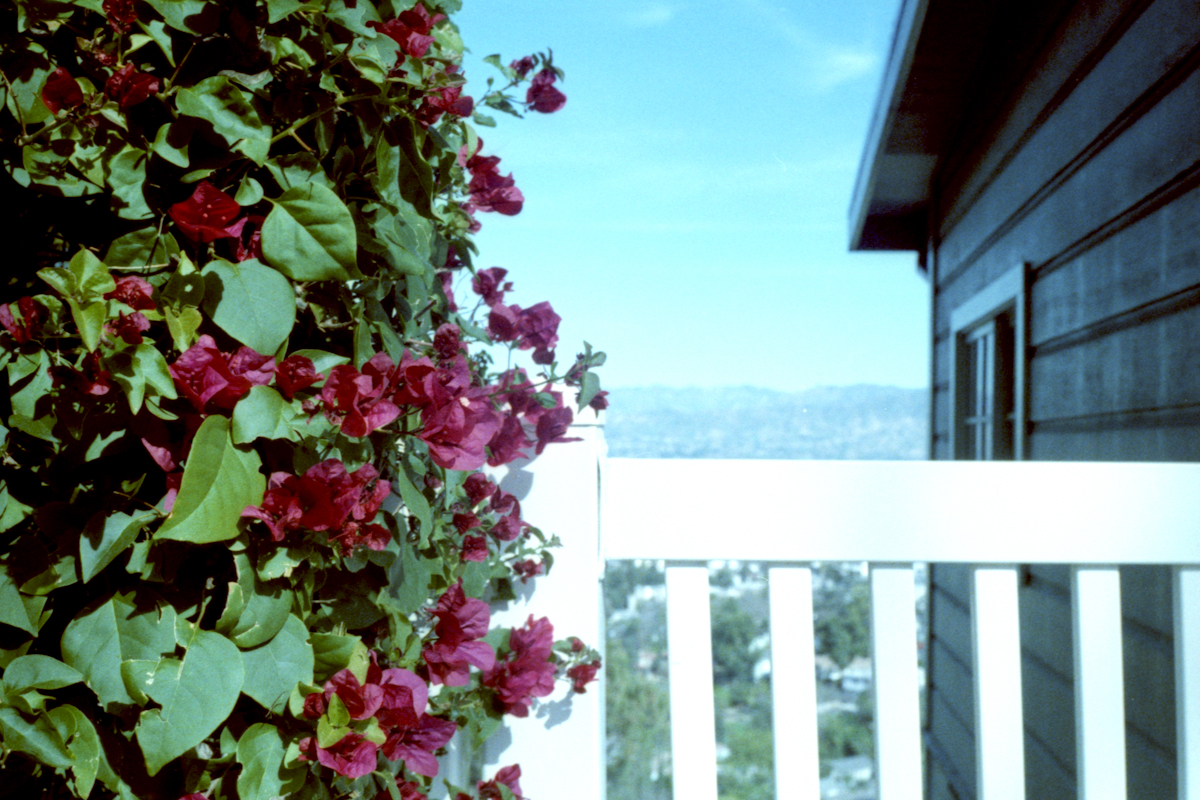 | 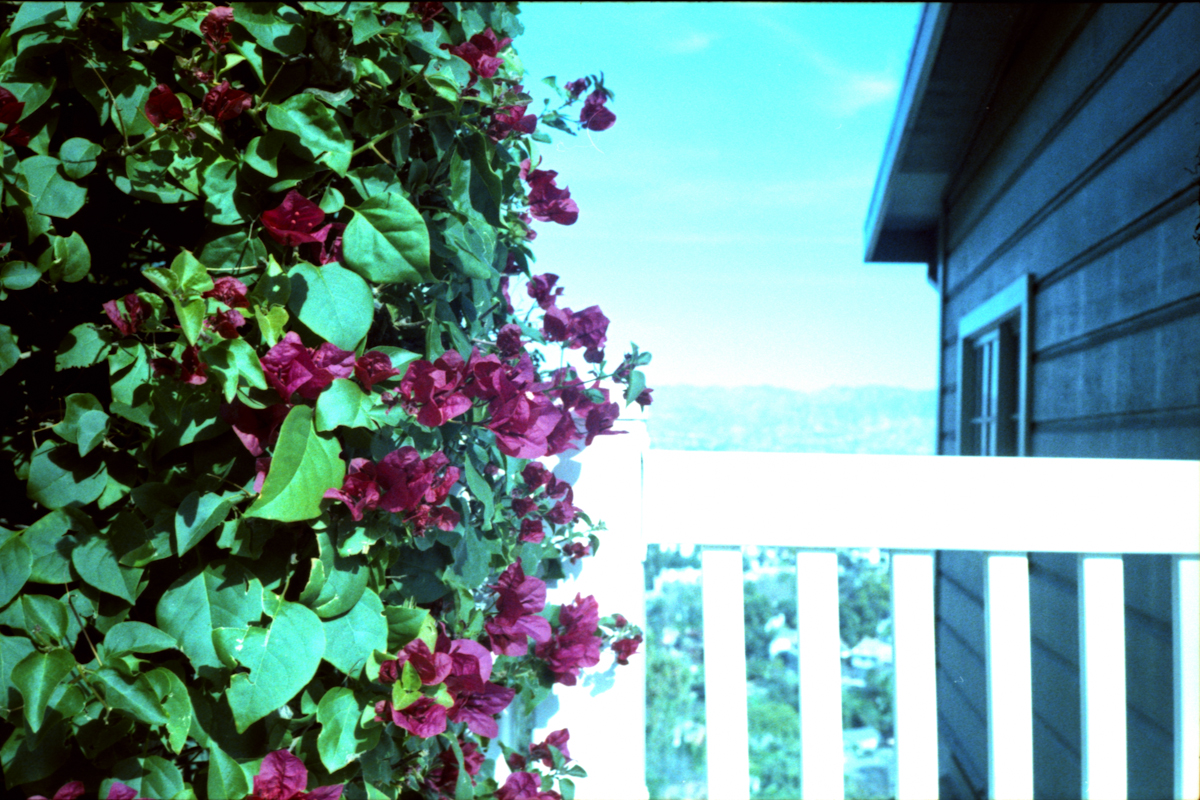 | 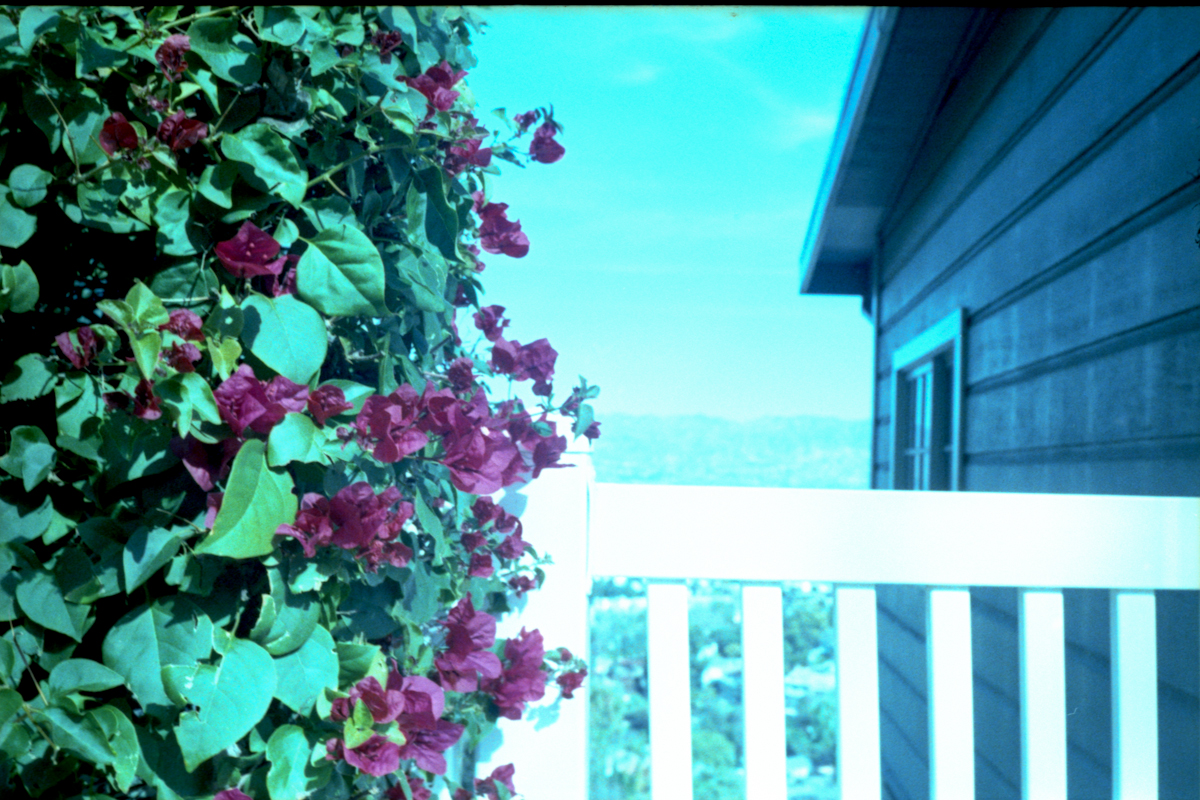 | |
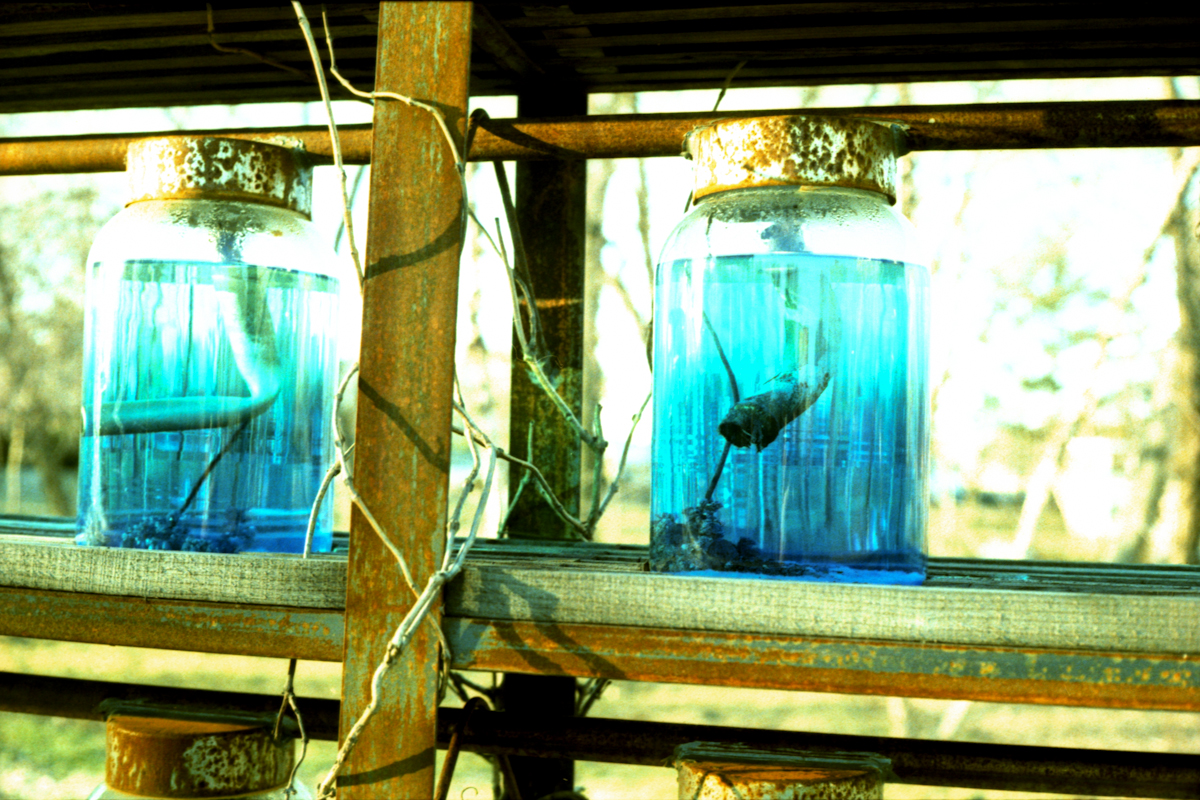 | 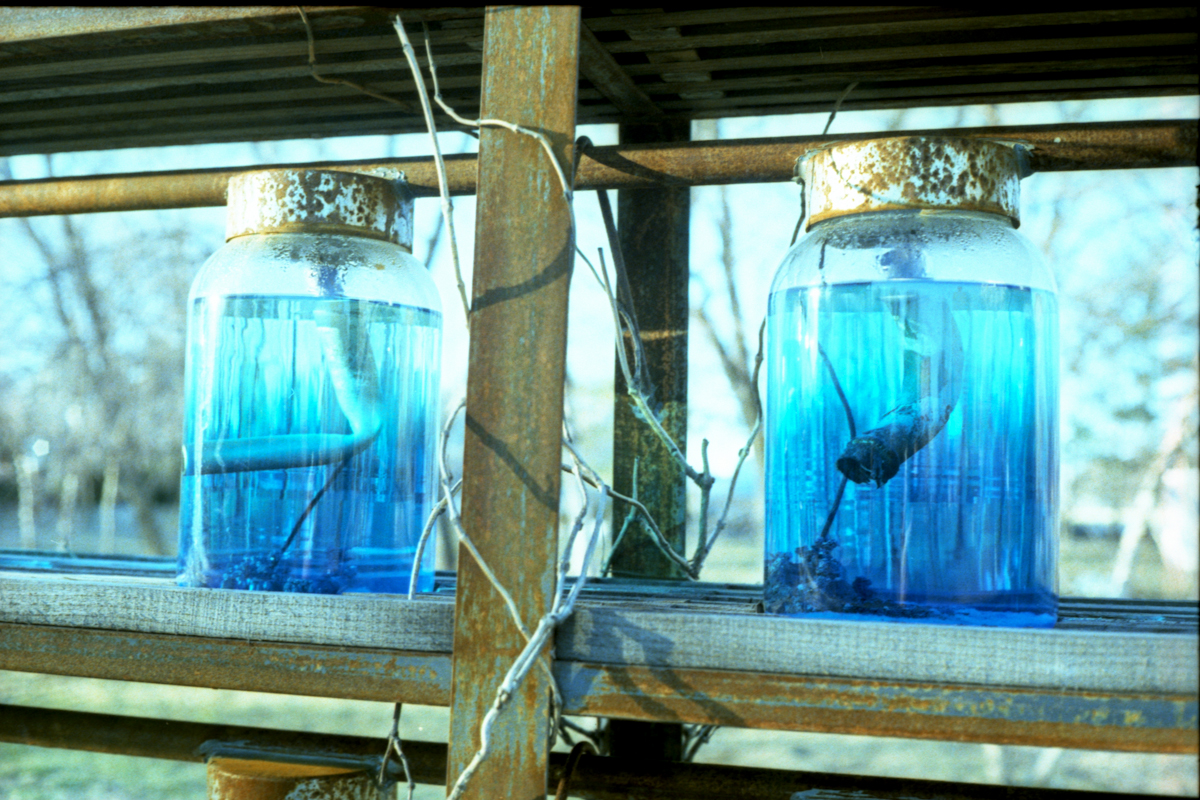 | 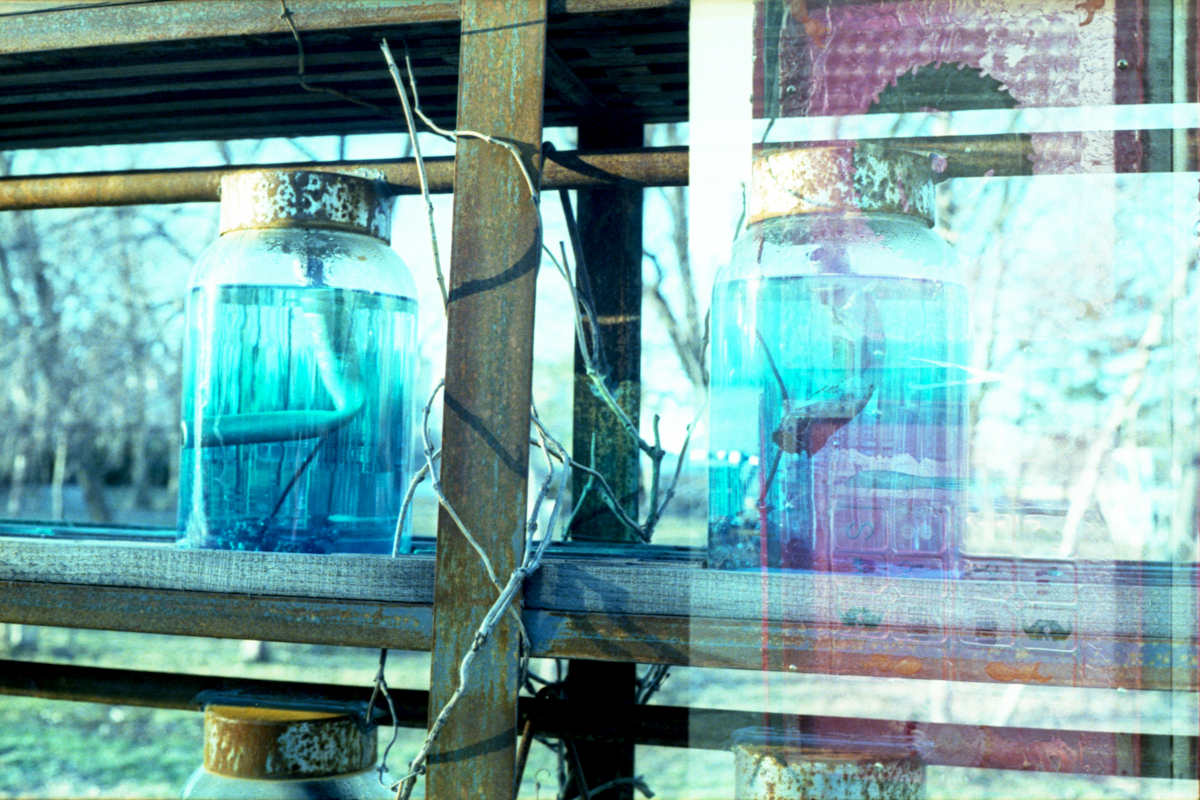 | |
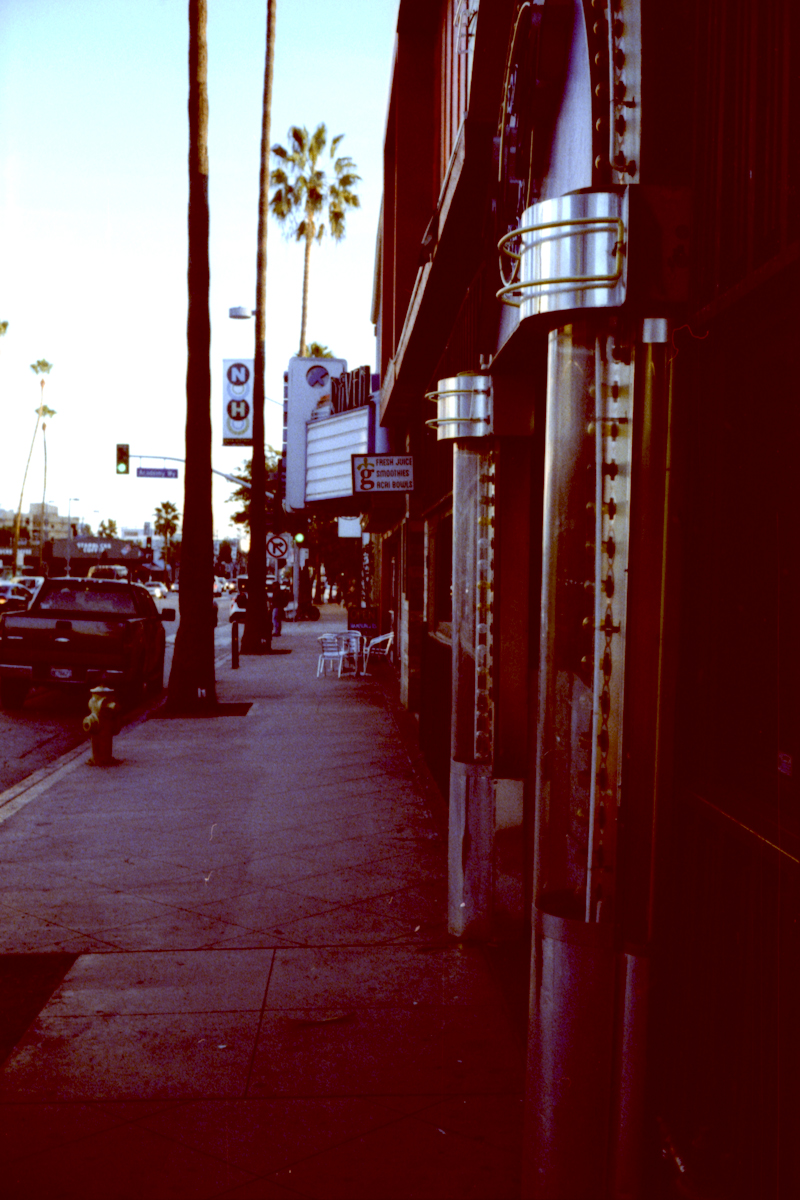 | 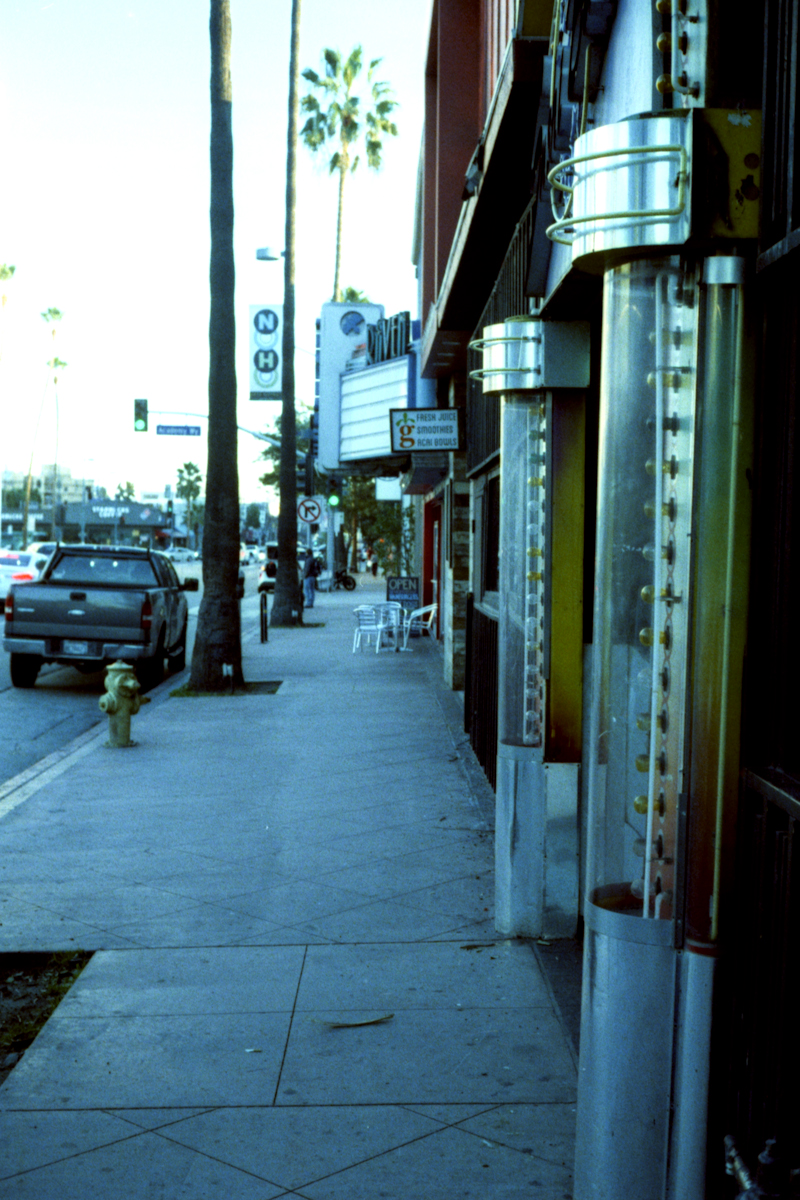 | 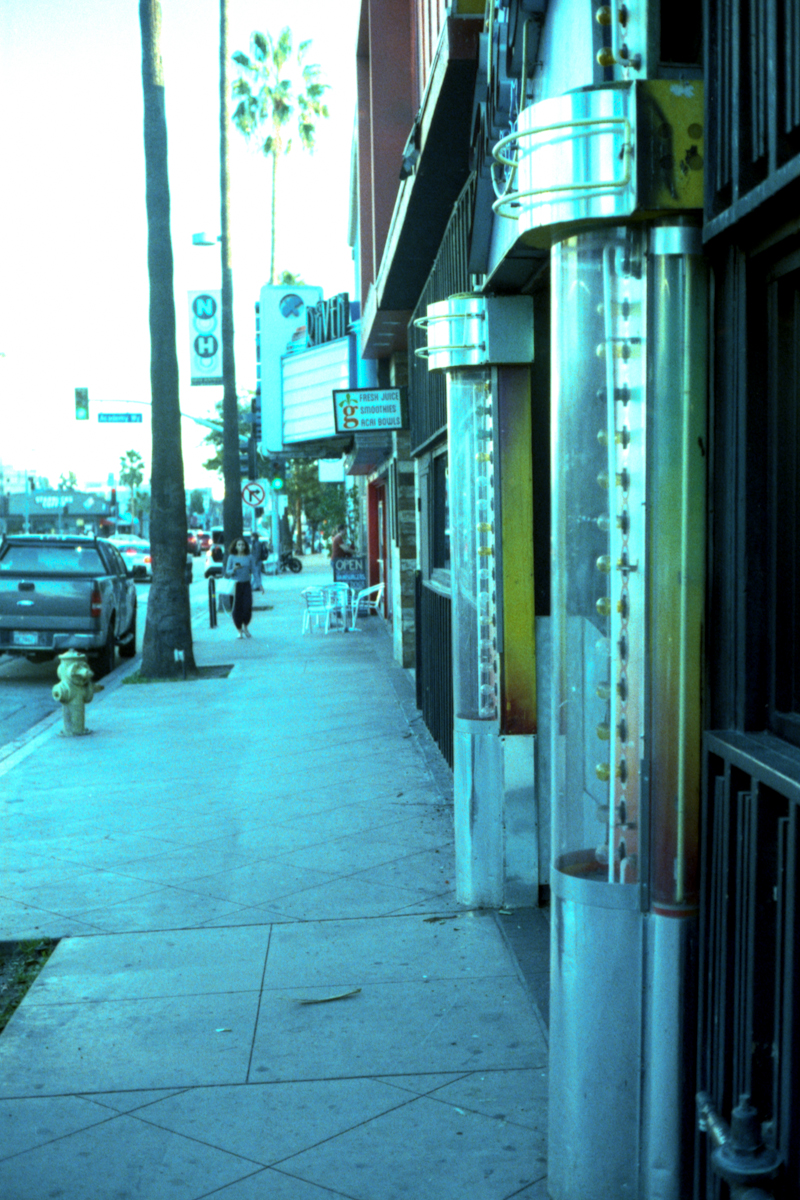 | 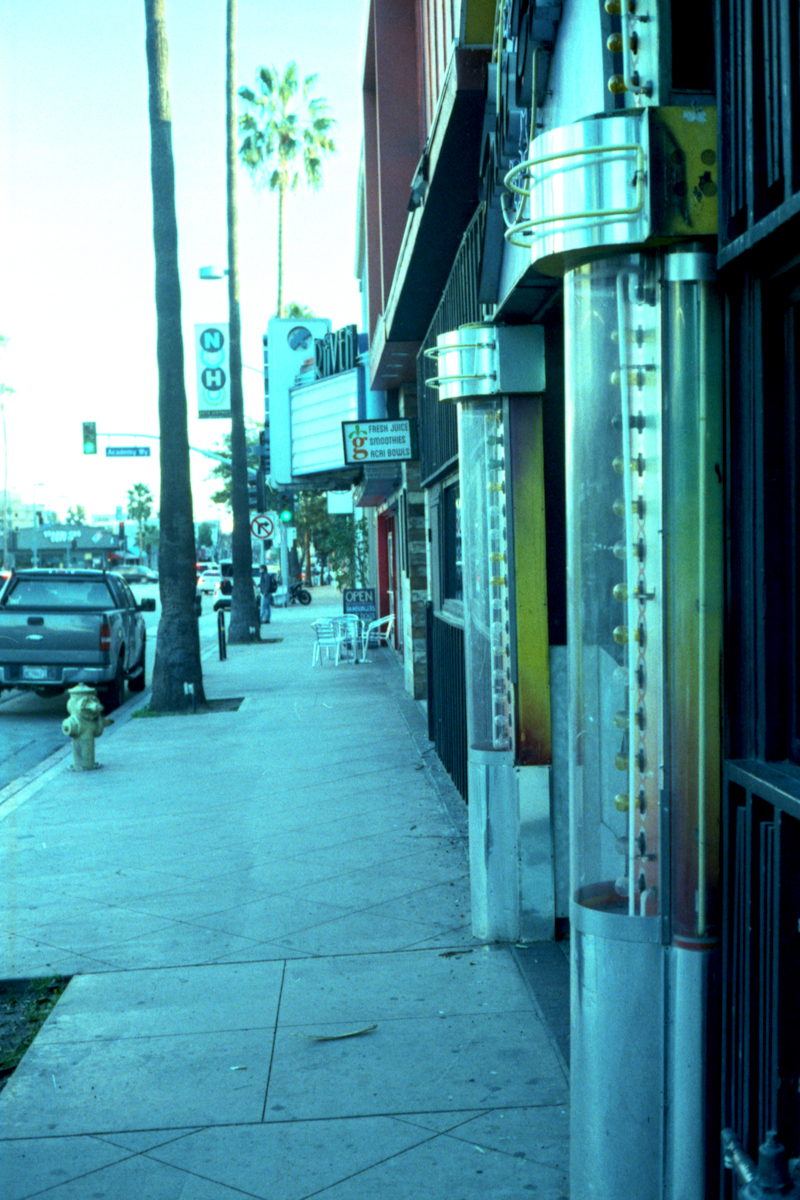 |
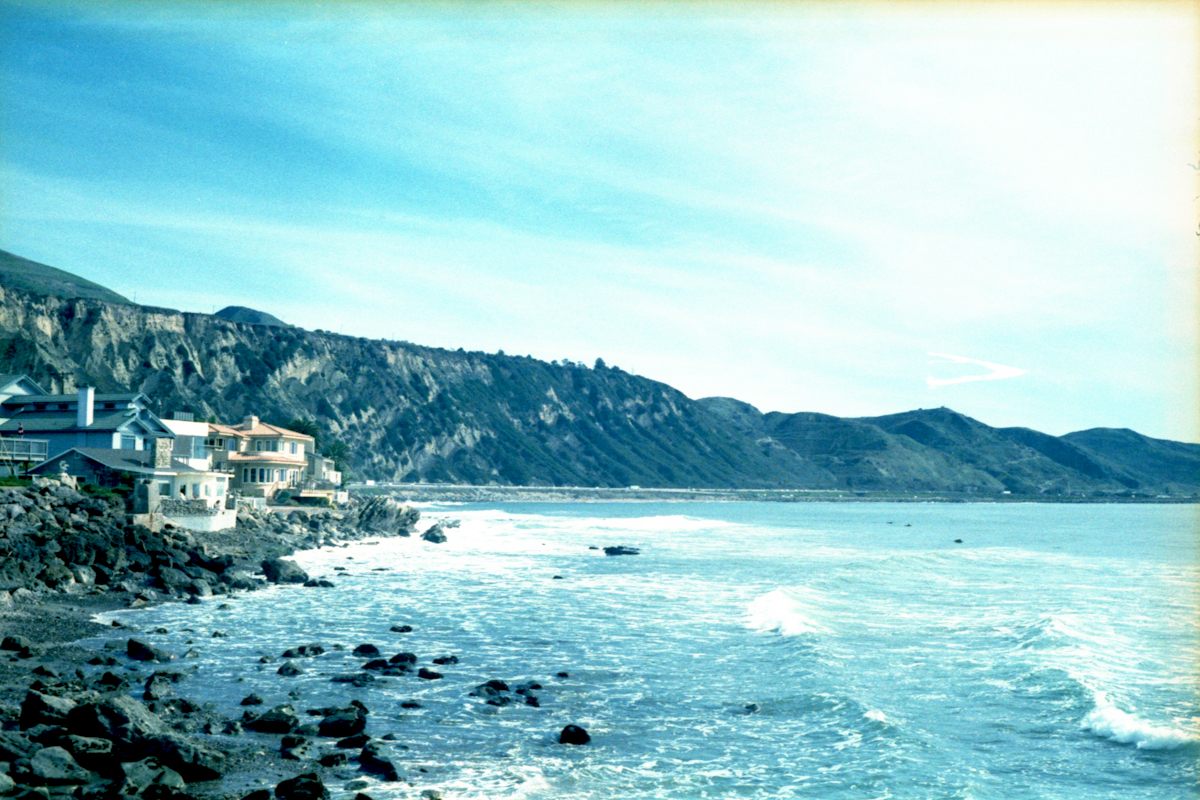 | 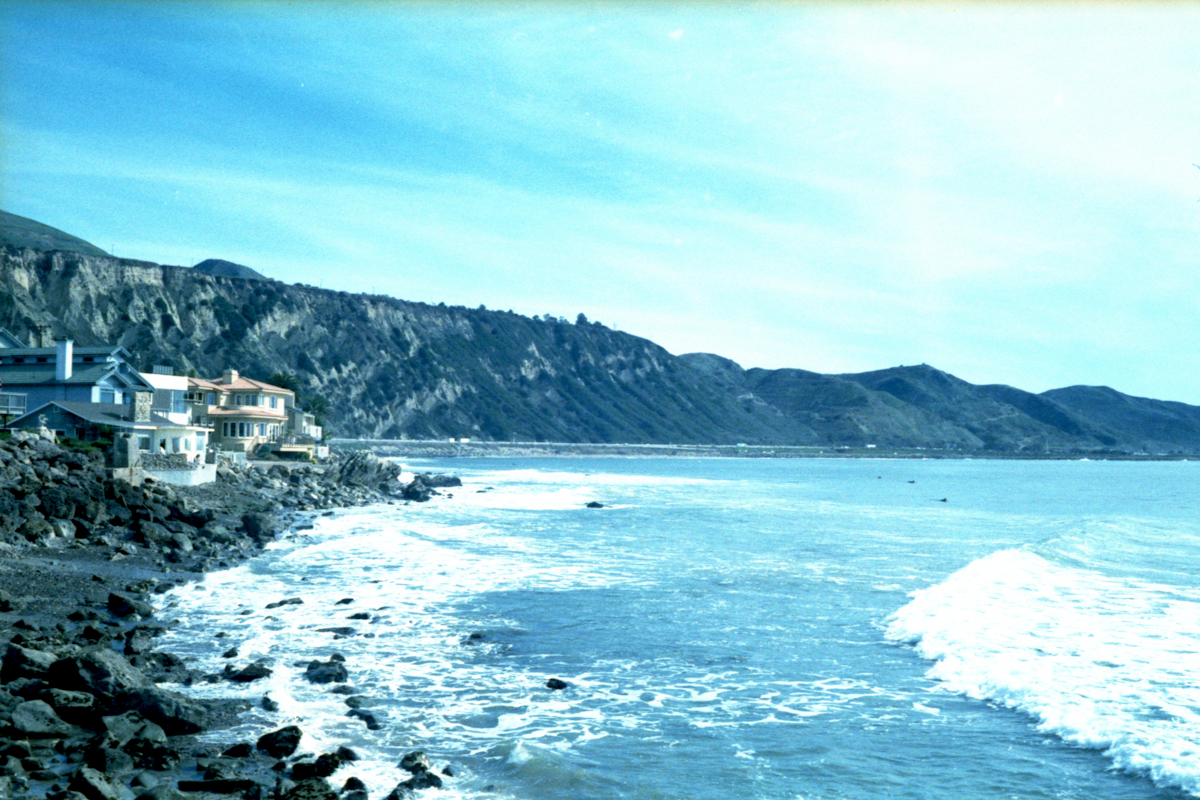 | 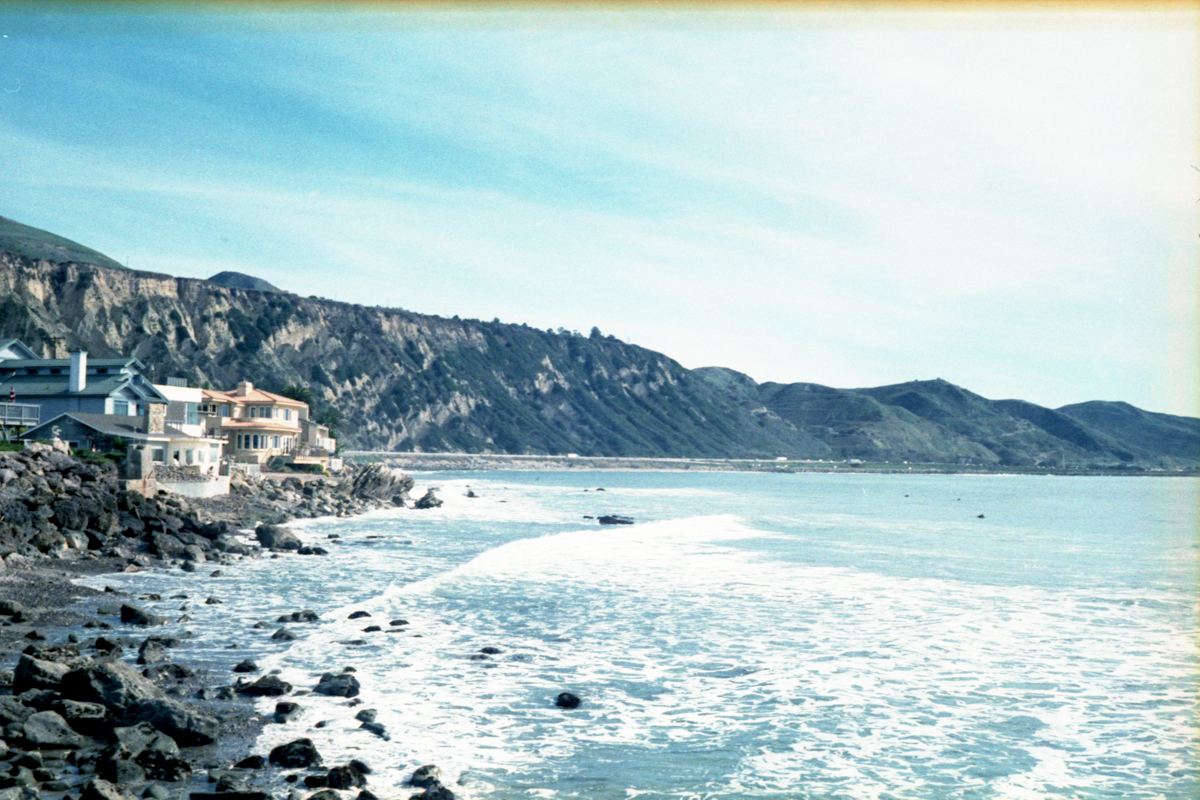 | 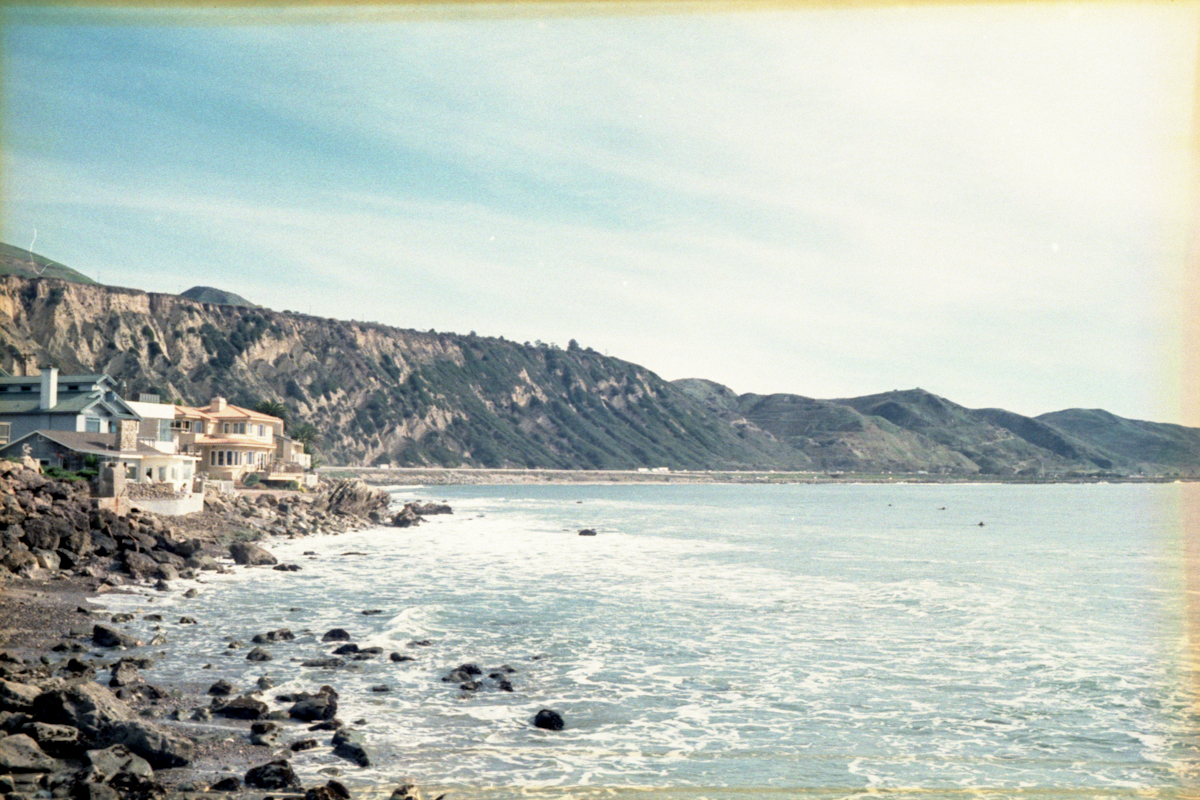 |
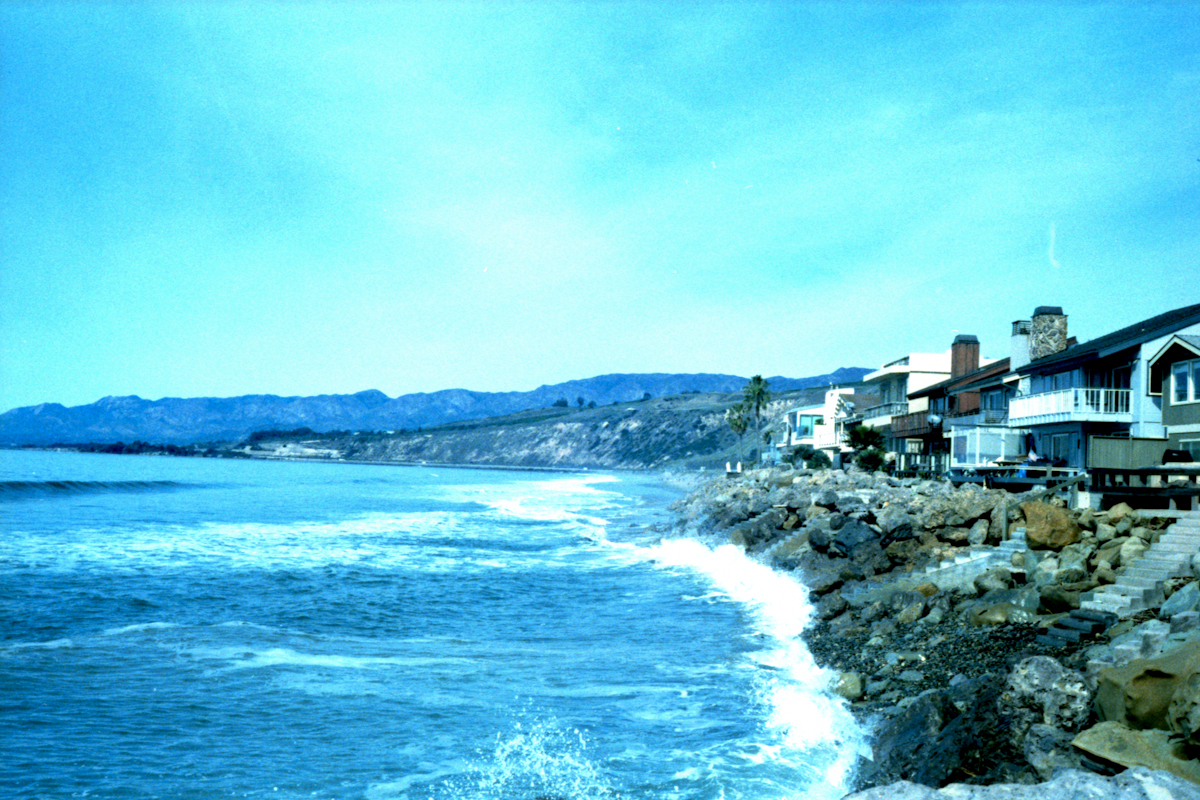 | 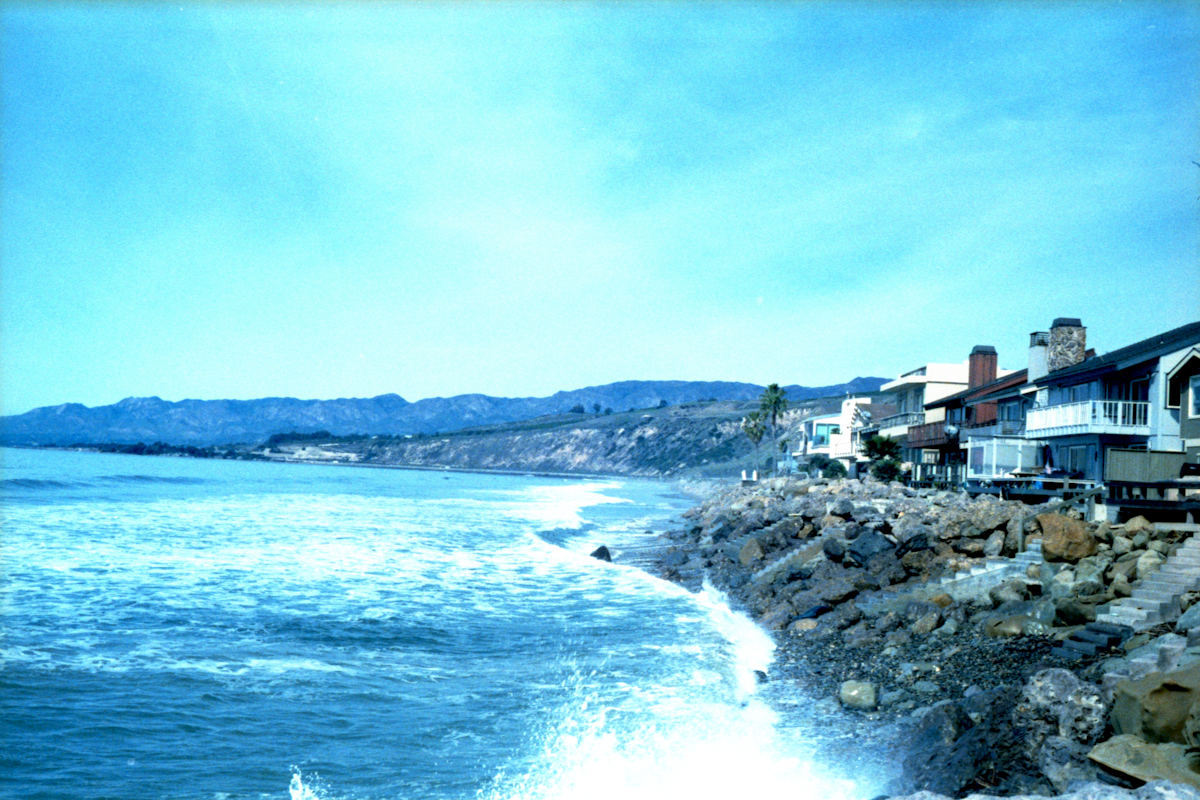 | 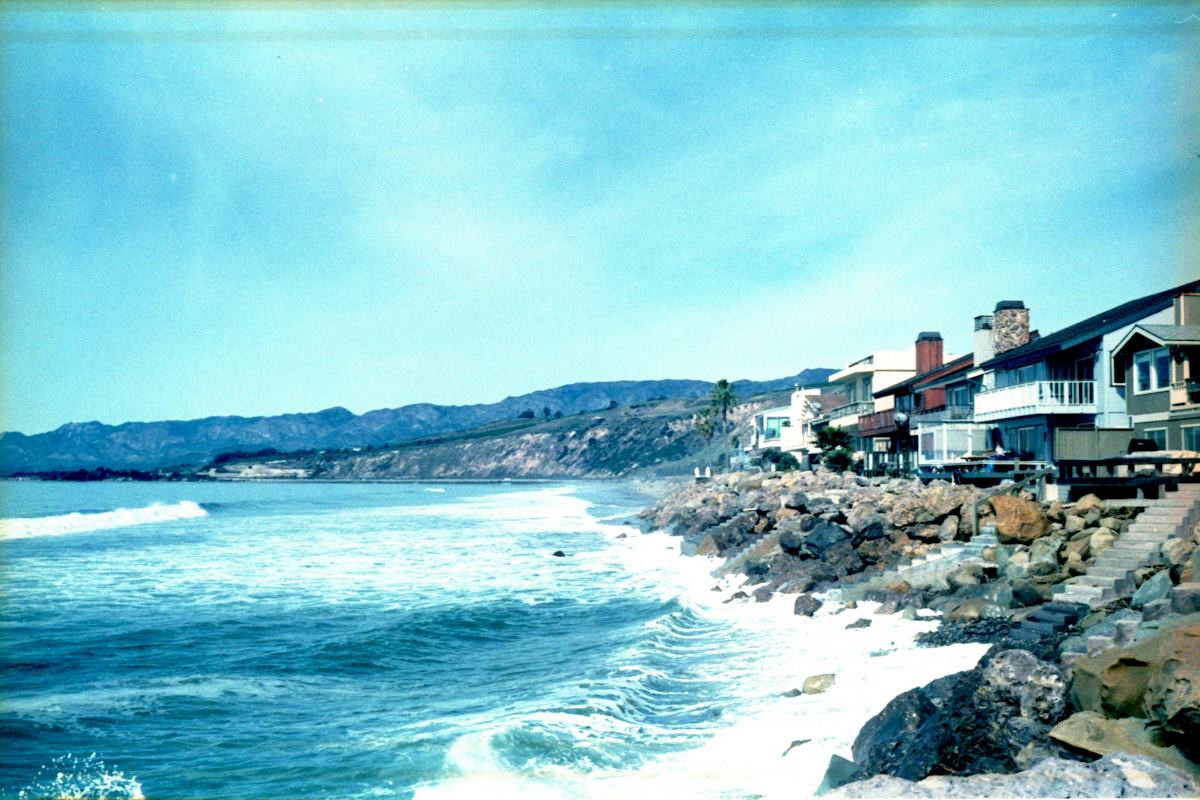 | 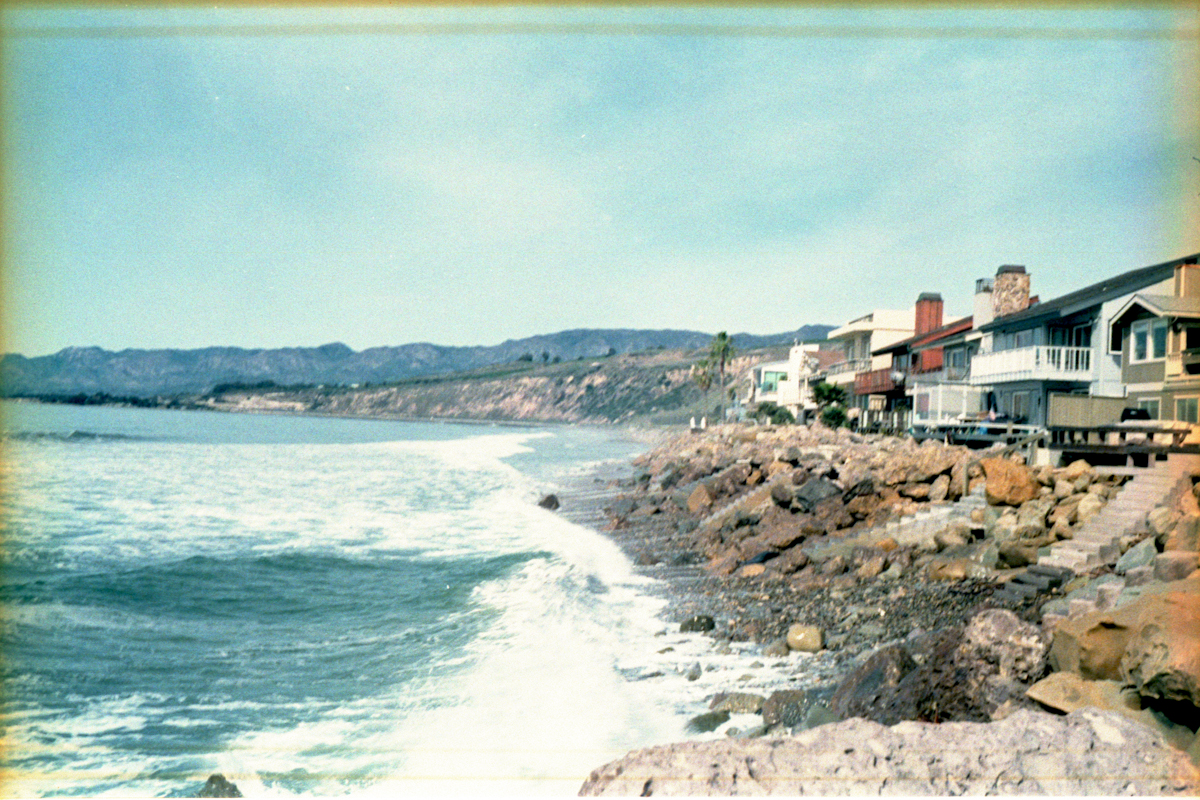 |
Table 1: new Ektachrome at ISO 200, 100, 50, and 25
As a bonus study, I happened to accidentally cancel all scanner adjustments on the last few frames, and found to my shock that true colors were preserved at the highest ISO rating. See Table 2 below.
| ISO 100 | ISO 50 | ISO 25 | |
| Adjusted |  |  |  |
| Unadjusted | 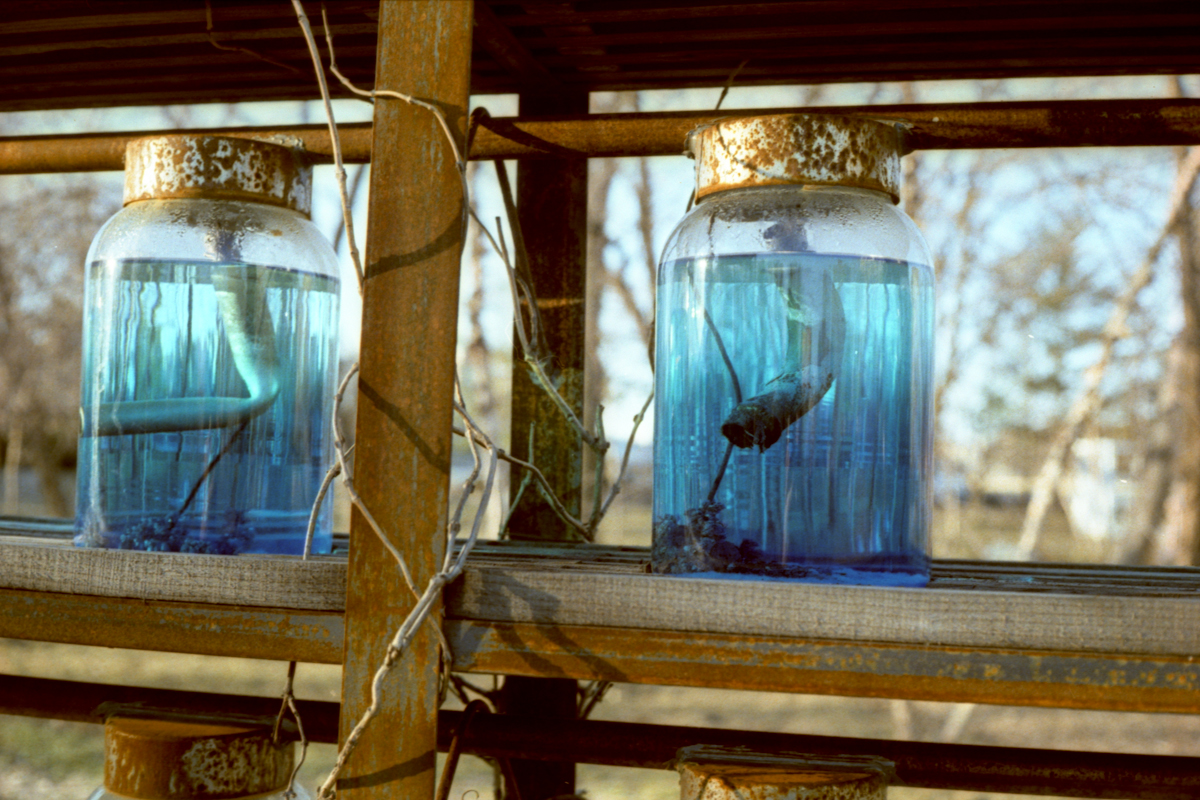 | 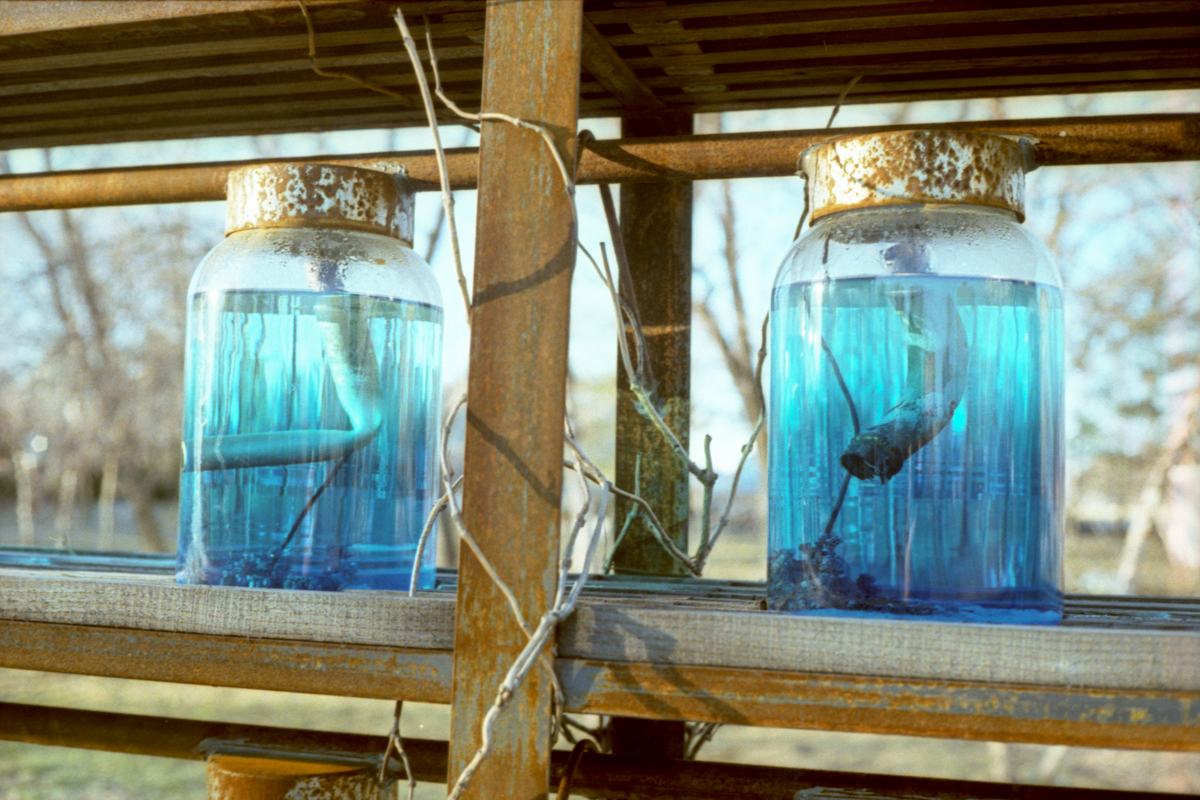 | 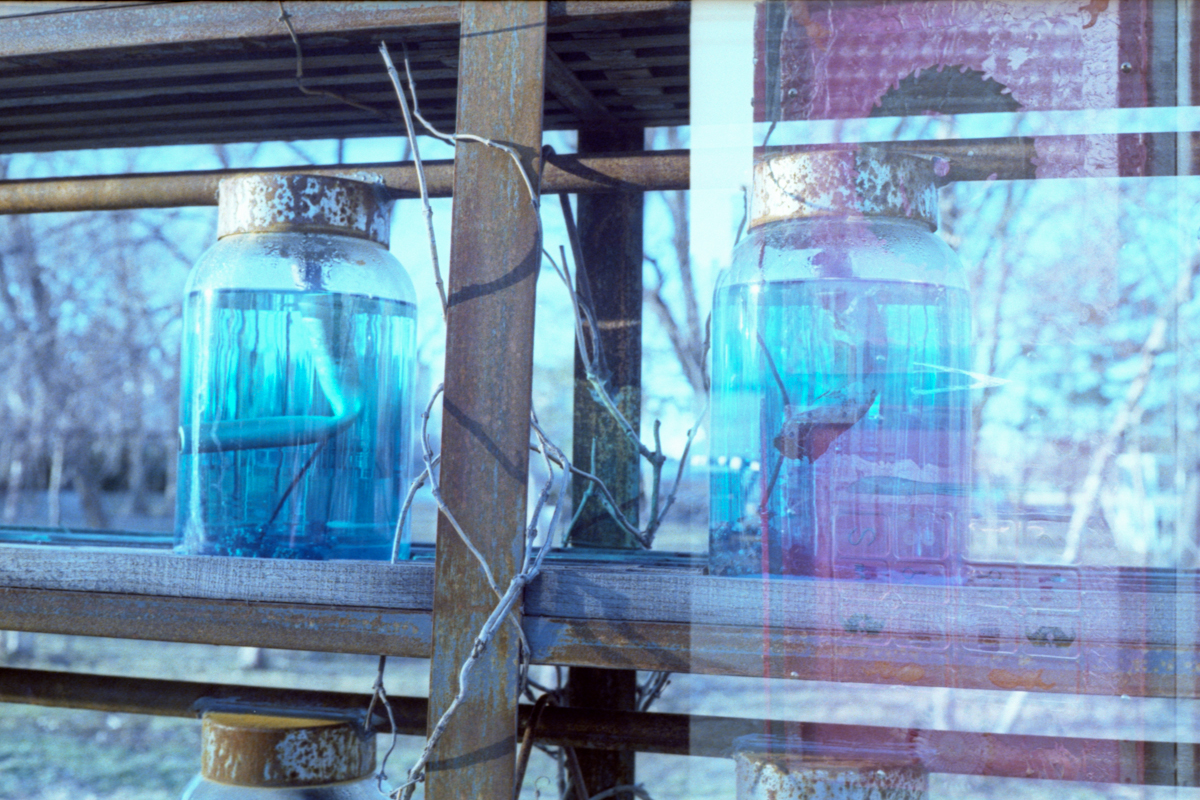 |
Table 2: new Ektachrome, adjusted vs unadjusted
Conclusion: New Ektachrome easily has a 0 to +2 exposure latitude, and under the right conditions, even a -1 latitude. As I have observed with older Ektachrome emulsions, in well lit conditions it can be exposed at box speed and still retain the characteristic cross-processed look; however, under most normal lighting conditions, +1EV is recommended. +2EV is generally not recommended or necessary, though it gives a very different and warmer color profile than 0EV or +1EV. This can be used artistically if desired.
Further studies are needed on the effect of processing “straight from negative” without any histogram adjustments on the scanner to determine whether shooting at box speed and forgoing any adjustments can actually produce true colors in C41 under multiple lighting situations. Also, a slightly more rigorous study of -1EV to +2EV is necessary under differing and extreme lighting conditions, including harsh shadows, dusk, and night shots.